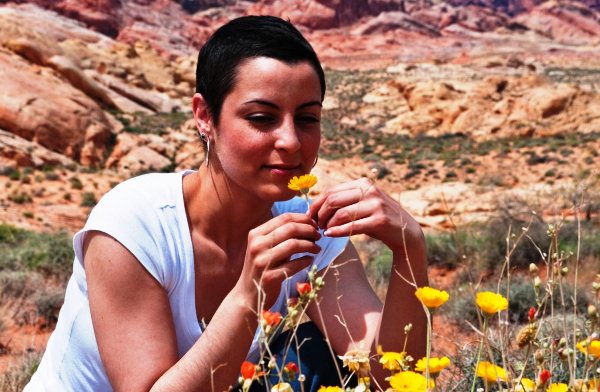Home » natural health »
HERBS: Mistletoe
Aside from correcting a deficiency of kisses at Christmastime, mistletoe (Viscum album) has been ingested for centuries to treat everything from epilepsy to high blood pressure. Its most established use is fortifying the immune system. As my patients’ test results so frequently show, the blood tests demonstrating a cancer’s extent, called tumour markers, drop dramatically following a series of twice weekly mistletoe injections. Quality of life, something that standard chemotherapeutic drugs rarely improve, also seems better after taking the herb, as shown in a recent human study.
Like any other therapy that rebuilds the immune system, misdetoe works best in a body that has not been damaged by chemotherapy or radiation. That’s why it’s so crucial to find a practitioner willing to administer the extract as soon as possible after a cancer is discovered. Mistletoe comes in several varieties and, although it can be taken orally, it requires considerable experience by a practitioner to use it effectively, since the injectable form is much more effective.
ASTRAGALUS
Of the many plants that refresh a lethargic immune system, astragalus is one of my favourites. It’s a wonderful long-term tonic for anyone, especially cancer patients and elderly people who need extra infection protection during the winter. In one study the herb quadrupled natural killer cell activity, a measurement of the immune system’s vigour, among people afflicted with viral myocarditis. Other research suggests that it might reduce blood pressure, boost energy and increase sperm motility enough to overcome infertility.
Tincture of astragalus works best, in my experience. Squirt 1-2 droppersful into a glass of water, stir and drink up.
PAU D’ARCO
The reddish bark of a tropical South American tree, pau d’arco possesses strong antibacterial, antiviral and antifungal properties, but its higher medicinal calling seems to be cancer therapy. In 1968 scientists at the US National Cancer Institute learned that lapachol, the bark’s most active chemical constituent, has remarkable anticancer abilities, yet by 1973 the research was discontinued, a rejection that happens all too often with prom-ising nontoxic compounds. Animal studies later supported the initial findings, which alone justified human clinical trials. I’m not willing to forfeit the herb’s contributions, so I continue to prescribe it, often blending 2 droppersful of the tincture with other herbs into a tea.
Look for a printed guarantee that a pau d’arco extract does, in fact, contain the bark’s active components. In 1987 a chemical analysis of a dozen commonly available Canadian supplements disclosed that they contained no more than a trace of lapachol. It is readily available in health food stores.






0 Comments
You can be the first one to leave a comment.